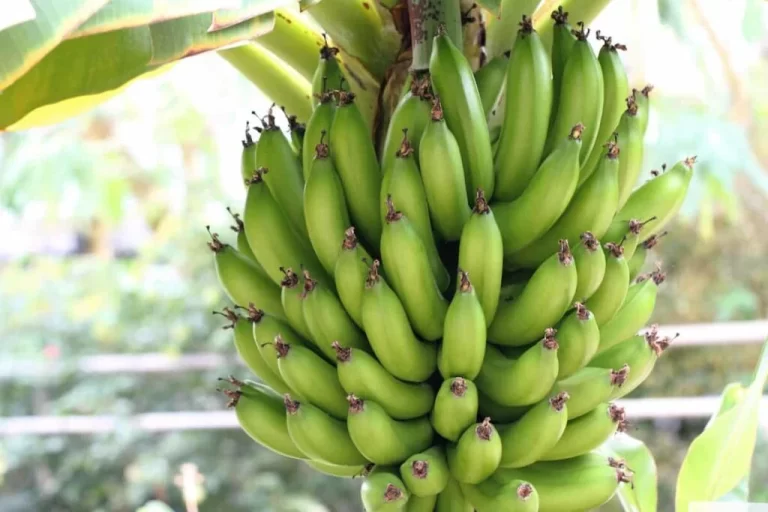5 selfmade fertilisers that can make your backyard develop – The Center-Sized Backyard
Listed below are 5 efficient – however simple – selfmade fertilisers to your backyard from the natural Abbey Physic Group Backyard in Faversham.
- Comfrey or nettle tea, made in a water butt
- Concentrated liquid backyard fertiliser created from well-rotted farmyard manure
- Lasagna gardening – layered ranges of cardboard, compost, leaf mould, grass clipppings or turf.
- DIY backyard fertiliser created from upturned turf
- Leaf litter
The Abbey Physic Group Backyard gives remedy and expertise coaching in horticulture for individuals with remoted by psychological or bodily well being points, social or financial drawback in addition to for the group generally.

Outside seating on the Abbey Physic Group Backyard’s Glad Cafe.
There may be artwork and craft coaching, a Males’s Shed and a group kitchen plus the Glad Cafe, so that individuals can be taught to prepare dinner what they develop.

The Abbey Physic Backyard is half an acre within the coronary heart of Faversham, within the grounds of the Previous Elizabethan Grammar College.
The half acre backyard has been cultivated because the time of Henry VIII and Faversham Abbey and it’s now an natural experimental backyard. There’s a hugelkultur mattress, forest gardening, beehives and bug accommodations, a pond and an excellent mixture of productive greens and flowers, which are a magnet for pollinators.

Flowers, fruit and veg develop side-by-side within the Abbey Physic Backyard. This attracts pollinators to the fruit and veg, and appears lovely.
The gardening is eco-friendly. And as eco-friendly is at all times about utilizing sources rigorously, which means it’s money-saving too. And with so many various individuals concerned in a backyard with volunteers, suggestions should be simple to elucidate and perform.
So I requested Paul Muddle, head gardener on the Abbey Physic for his or her suggestions for simple efficient selfmade fertilisers.
Home made fertilisers created from comfrey or nettles
They develop comfrey for fertiliser on the Abbey Physic. It’s a really invasive plant, so that you’re suggested to make use of a spread known as Bocking 14, which doesn’t unfold. You may also make fertiliser tea with nettles. You possibly can in all probability acquire them from roadsides and customary land in the summertime.

There are a number of varieties of comfrey grown on the Abbey Physic. This one, dwarf comfrey, could also be just a little too invasive for personal gardens. However, alternatively, it’s low upkeep and pollinators find it irresistible, in order that might be a bonus for the time-poor gardener!
Nonetheless, we don’t have a authorized proper to reap nettles from another person’s land, so it’s best to ask first.

This water butt is used for comfrey or nettle tea and is positioned conveniently near the polytunnel the place the tomatoes are grown. In case you might be questioning the place the water comes from, water is siphoned into this butt from one of many water butts connected to the shed gutterings.
Take a bucket of nettle or comfrey leaves and throw it into a big water butt stuffed with water. Let it sit there ‘till it stops stinking’, which will probably be a few month.
Paul says that the decomposing leaves can generally block the water butt faucet. To stop that, he suggests stuffing the comfrey or nettle leaves right into a pair of tights, after which immersing the tight within the water. Then take out the tights, lower them open and put the soaked leaves on the compost heap.
The comfrey or nettle fertiliser ought to be concerning the color of weak tea. If it seems to be stronger, dilute it to the ‘weak tea’ shade.

Tomato watering directions within the polytunnel. With so many individuals concerned within the backyard, care directions might get complicated except they’re written down.
Pour it onto the soil across the plant, not the leaves. Use it to feed tomatoes weekly and ‘something that appears a bit unhappy’ on a month-to-month foundation.
Manure tea fertiliser
Whenever you purchase a inventory of nicely rotted manure from native stables or a backyard centre, add a few of it to a bucket. Fill the bucket about two thirds stuffed with manure and about one third with water.
Go away it for per week. Then pour off the liquid and dilute it in a proportion of roughly one half liquid manure to 5 elements water. Pour it across the roots of crops that want fertilising. The manure itself can go on beds or the compost heap.
Lasagna gardening
Lasagna gardening is a means of enriching your soil in case you don’t have area for a compost heap. And it may be useful even in case you do.

On the Abbey Physic Backyard, ‘hungry’ crops, akin to this trombocino squash, are given further vitamin with a ‘lasagna’ backyard round their roots.
Though it’s frequent to see a complete mattress turned over to lasagna gardening, Paul makes use of the method on particular person crops, significantly ‘hungry’ ones like squash. (Within the flower border, roses would rely as ‘hungry crops’ too).
Lay the wrong way up turf or grass clippings across the roots of the plant. Cowl it with cardboard.
End by including leaf litter and compost with the compost layer on prime. It will all break down on the soil and can feed the plant. It’ll additionally assist retain moisture within the soil throughout a dry summer time. And it stifles annual weed seeds. Win, win all spherical!
You may also lay the lasagna on the bottom earlier than planting, and lower holes within the cardboard to plant.
‘It’s like a mini compost heap,’ says Paul. ‘And it’s significantly useful when you have heavy clay soil or skinny sandy soil. Simply don’t add too many grass cuttings or it will get slimy.’
Upturned turf fertiliser heap
Upturned turf makes a fantastic mulch. In case you or a pal have leftover turf squares from a newly put in garden, flip it the wrong way up in a pile and let it rot down right into a wealthy loam.
Leaf litter
I’ve at all times been considerably annoyed by how lengthy it takes lifeless leaves to decompose down into a correct leaf mould.
Nonetheless, on the Abbey Physic they use leaves that aren’t totally composted down as certainly one of their selfmade fertilisers. Bag all of it up, advises Paul. Hold it moist and depart it to sweat down. Don’t flip it.

The Abbey Physic Group Backyard is surrounded by tall bushes. The leaves make useful leaf litter.
Unfold it in your borders the next spring. It doesn‘t should rot down fully – I might nonetheless see non-decomposed leaves across the base of the roses at The Abbey Physic.
When you have leaves in your garden, use the garden mower to cut them up earlier than bagging them.
Extra concerning the Abbey Physic Group Backyard
You could find out extra about what The Abbey Physic Group Backyard does on their web site. I additionally interviewed them on wildlife-friendly gardening – see What Makes a Good Wildlife Backyard.

A wildlife-friendly natural backyard in the course of city.
And there’s a publish on gardening in March, which exhibits the design of the Abbey Physic. As a sq. city backyard, it has been superbly divided up with a curving path by means of the centre.
Pin to recollect recipes for selfmade fertilisers
And uncover extra suggestions, concepts and inspiration to your backyard by following the Middlesized Backyard weblog by e mail. Fill within the e mail comply with field under and we’ll pop into your inbox very Sunday morning.





